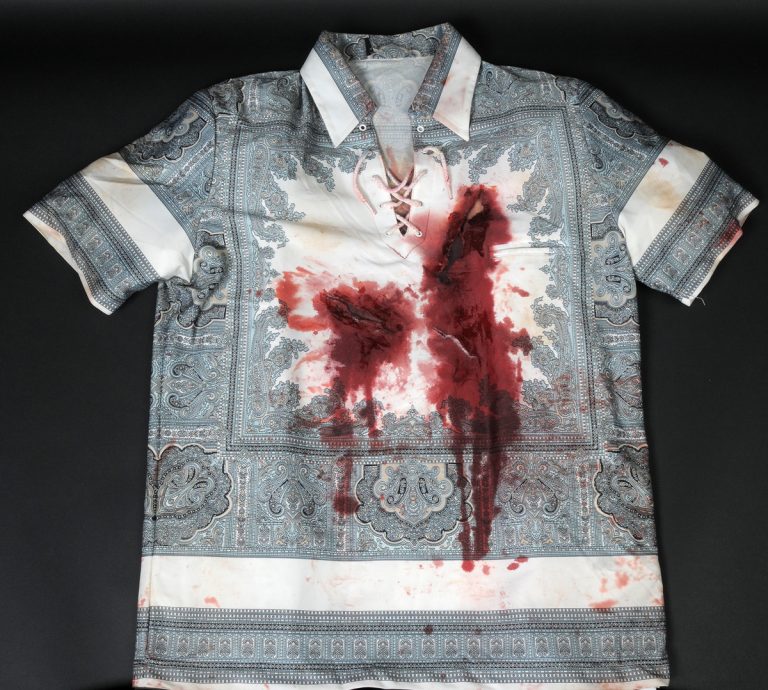Blood runs through the archive of renowned actor Robert De Niro. From bloodstained props to grisly costumes, artifacts of some of Hollywood’s most iconic thrillers are preserved at the Harry Ransom Center. Although the fake blood that marks these materials might share a similar chemical makeup, each bloody stain has… read more
Cape Fear
"Martin Scorsese" exhibition features items from Ransom Center
Martin Scorsese’s influential filmmaking legacy is the focus of a new exhibition, aptly titled Martin Scorsese, at the Deutsche Kinemathek—Museum für Film und Fernsehen in Berlin. The exhibition, which opened in January and runs through May 12, purports to examine “the rich spectrum of Scorsese’s oeuvre,” including his sources of… read more
In the Galleries: Robert De Niro’s King James Version-inspired tattoos in "Cape Fear"
The 1991 Martin Scorsese–directed thriller Cape Fear may seem an unlikely candidate for documenting the use and influence of the King James Bible, but its central character, Max Cady, as played by Robert De Niro, wielded biblical verses like weapons. This aspect of Cady was absent in both the original… read more



